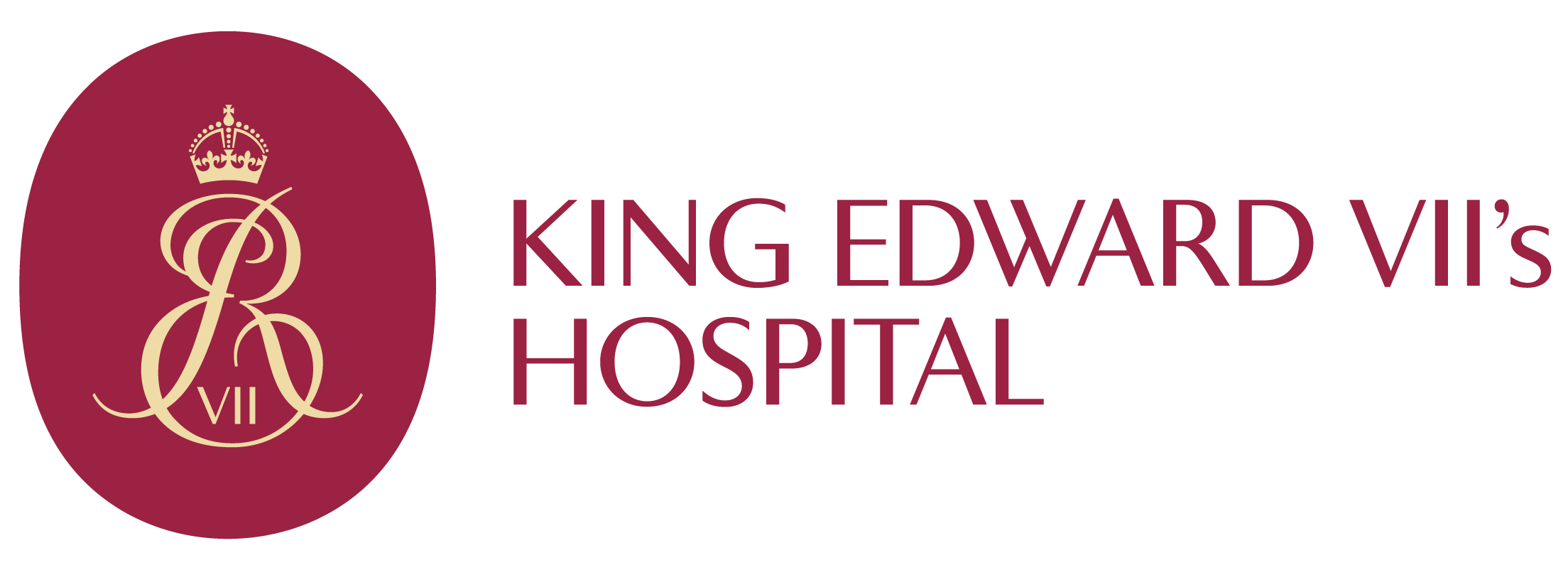Home >
Ureteroscopic stone treatment
Get rapid access to our leading specialists.
Ureteroscopic stone treatment is a minimally invasive surgical procedure used to treat kidney stones.
Learn more about ureteroscopic stone treatment at King Edward VII’s Hospital
Why would I need ureteroscopic stone treatment?
Most patients having ureteroscopic stone treatment do so because they have kidney stones. Patients with unexplained blood in their urine or pain in their lower back can also benefit from this procedure as it can also be used to diagnose kidney stones and other kidney complaints.
What symptoms does ureteroscopic stone treatment address?
If large kidney stones begin to move down the ureter (the tube that takes urine from the kidneys to the bladder) through the bladder and out of the body through the urethra (the tube that takes urine from the bladder to the outside of the body), they can cause pain and discomfort.
Having ureteroscopic stone treatment helps to break these large stones into smaller stones, making them easier to pass out of the body, helping to relieve the pain and discomfort of kidney stones. Large stones may also be able to be removed completely during this procedure.
When should you speak to your specialist about ureteroscopic stone treatment?
If you have the symptoms of kidney stones, including the following, speak to your specialist about ureteroscopic stone treatment:
- Pain in the abdomen or groin
- High temperature
- Nausea
- Vomiting
- Blood in the urine
- Pain when passing urine
How is ureteroscopic stone treatment performed?
This kind of surgical procedure is minimally invasive, and is carried out under a general anaesthetic. Most patients can return home the same day.
The procedure involves your surgeon passing a long, thin telescope called a ureteroscope into your urethra. The ureteroscope will travel through your bladder and into your ureter.
Once in place, your surgeon will either use a laser through the ureteroscope to break your kidney stones into smaller pieces making them easier to pass naturally, or will try to remove whole stones if possible.
What is the recovery like for ureteroscopic stone treatment?
Your recovery from ureteroscopic stone treatment will depend on multiple factors, including your age, fitness level and the nature of your procedure.
During your procedure, you may have a small stent fitted into your ureter to allow urine to drain from your kidneys. This may be permanent or you may need to have it removed. Your surgeon will discuss this with you if necessary.
You may have some discomfort afterwards which can be relieved by painkillers. You may also experience a stinging sensation when you pass urine and notice some blood in your urine. Both should disappear after a few days.
It’s important to drink plenty of water after this procedure to help prevent a urine infection. Your nursing team will advise you.
Are there any risks/complications associated with ureteroscopic stone treatment?
As with any medical procedure, it’s possible for risks or complications to arise. Speaking with your specialist or surgeon beforehand will help you avoid any adverse reactions.
Ureteroscopic stone treatment has a relatively low risk of serious complications, but the following risks and complications can occur in a small number of cases:
- Urine or kidney infection
- Damage to the ureter
How can I prepare for ureteroscopic stone treatment?
Prior to ureteroscopic stone treatment, your surgeon will discuss with you how best to prepare for surgery, as each patient is different.
Common preparations for ureteroscopic stone treatment include:
- Routine blood tests, x rays or scans as requested by your surgeon
- Taking steps to stop smoking if you smoke
- Losing weight if you’re overweight
- Remaining active and doing regular exercise
Are there alternatives for ureteroscopic stone treatment?
There are a few different treatments for large kidney stones including the use of high frequency sound waves to break up the stones (shockwave lithotripsy) or a more invasive procedure called percutaneous nephrolithotomy. Your surgeon will discuss your options with you.
Call 020 3925 1015 or fill in your details below to make an enquiry
Need further help or advice?
Contact our team for enquiries or information.
If you need to contact us in any other way, please go to

